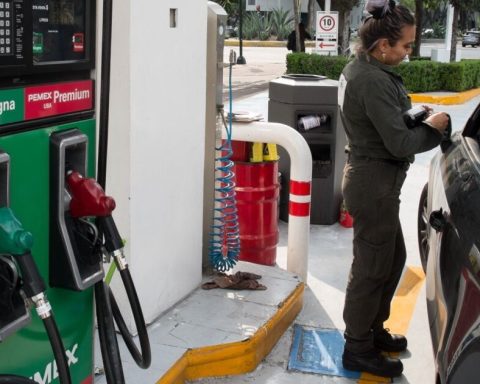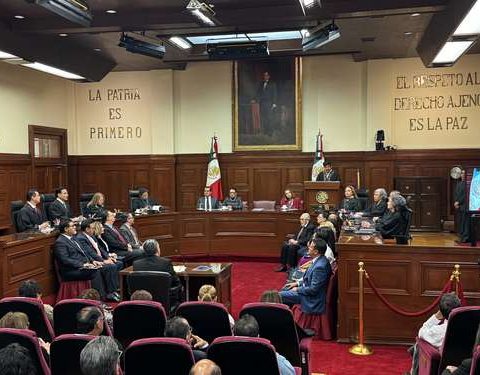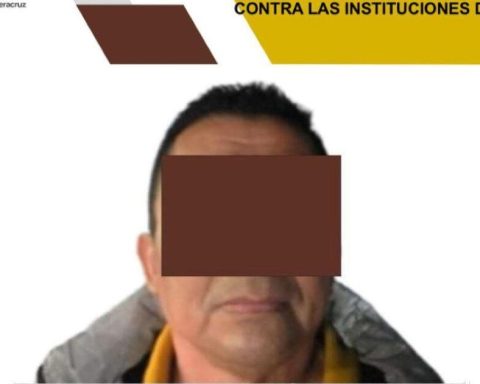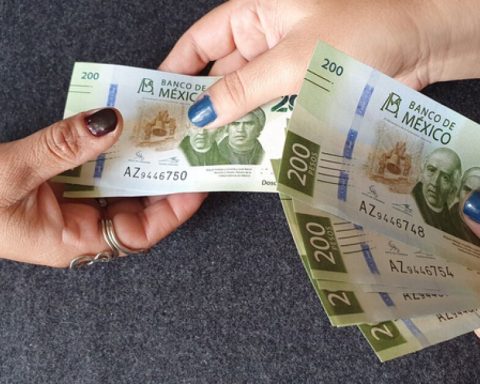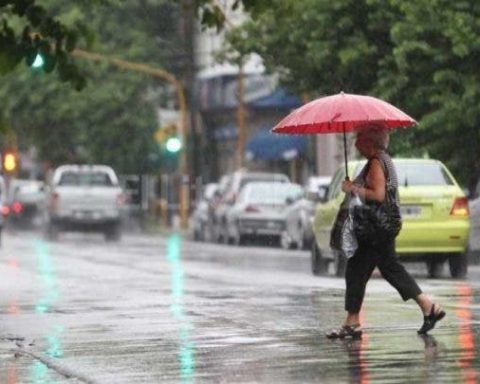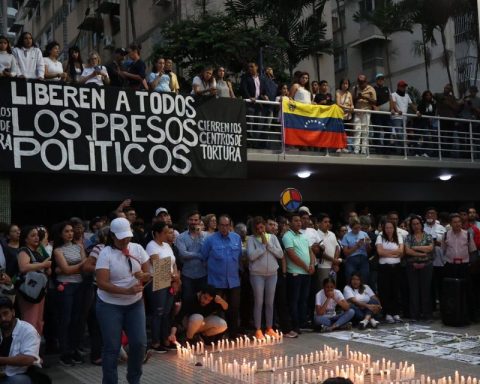I celebrate that social spending increases in Mexico because, to the extent that it is done, the opportunities for all Mexicans to have a decent life will increase. In fact, at the current rate, and because the main increase is explained by pensions for the elderly, it is very likely that the López Obrador government can hang the medal of having eradicated, or brought to almost zero, extreme poverty among adults greater.
The problem is that the increase in social spending hides two secrets that make it “less social” than it appears.
The first is that it leaves many people in poverty completely unprotected, even more than they were in the previous administration. As the Institute for Inequality Studies (Indesig) has shown, this is because social programs are not focused on the poorest people, but on older adults, agricultural workers or young people with higher or higher secondary education.
These social groups, although vulnerable, are not the most vulnerable groups in the country. In Mexico, poverty exists more strongly in children, people who do not have secondary education and increasingly in urban poverty belts that are not served by the portfolio of current social programs.

